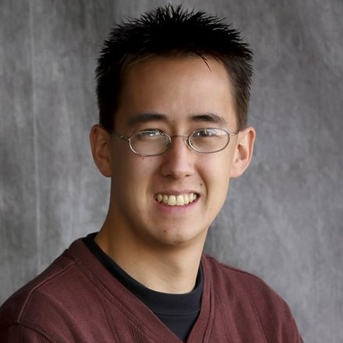
Philip Watje
- BA Physics & Astrophysics (2003)
- High school Physics Instructor
Current Work Location:
Albuquerque Institute for Math & Science
Bio
Q: How did you choose to become a physics teacher, and what steps did you take to embark on this career path after your physics degree?
A: Near the end of my undergraduate degree at UNM, I had the amazing opportunities to work with Los Alamos National Laboratories and on the ATLAS Project. These two experiences told me that I still loved physics but would not be happy doing physics research for a living. However, I had enjoyed tutoring students immensely. That's when I decided to become a teacher. While finishing my degree and being allowed to TA a few sections of the physics labs, I reached out to UNM's College of Education, and they help me on to the path to getting my teaching license. I was able to complete my coursework for licensure and student teaching during the year after completing my physics bachelors degree, and I started teaching full time and continued my graduate work in education the year after that.
Q: How has your physics degree shaped and helped your career?
A: My physics degree has been incredibly helpful to me as a teacher. Obviously having studied physics has helped me teach physics content, but I am able to provide my students with more than just the basics. I can draw on my undergraduate experience to discuss the cool things about physics that are beyond the basics. I can also take the basic material and explain to my students how it is transformed and applied to more advanced topics later on. This has greatly improved my students' engagement with learning physics. Additionally, the math courses that I was required to take as part of the Physics BA have made it extremely easy to teach high school math classes which has increased my teaching versatility and hireability.
Q: What do you like most about being a physics teacher?
A: When working with a student on a topic or problem, and then the student gets it. The eyes brighten and sometimes the student will say 'oh!' or 'I see now!'. It's called the Eureka Moment. I know it's cliche, but it's awesome. It's also great when former students return and express how prepared they felt for college physics after my class. Oh, and now I also get a 2 month long "weekend" between May and August (though it took me over a decade to get to that particular perk).
Q: Can interested students contact you for more information on your career path?
A: Absolutely. By email at: pwatje at aims-unm dot org
